Venice Biennale: Scots-Barbadian artist Alberta Whittle on her work confronting racism, colonial history and police brutality
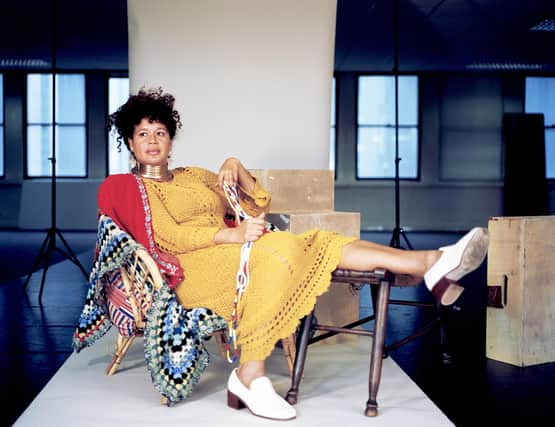

The exhibition, by Scots-Barbadian artist Alberta Whittle, is being staged at Docks Cantieri Cucchini, Venice, close to the main venues in the world’s biggest contemporary art festival.
The show, called deep dive (pause) uncoiling memory, includes sculpture, tapestry and film and approaches difficult topics in a spirit of remembrance, healing and reconciliation.
Advertisement
Hide AdThe exhibition is the tenth presentation by Scotland at the Biennale, commissioned by the Scotland + Venice Partnership and supported by the Scottish Arts Council and the British Council. The Biennale, which had been scheduled for 2021, was postponed for a year because of covid-19.
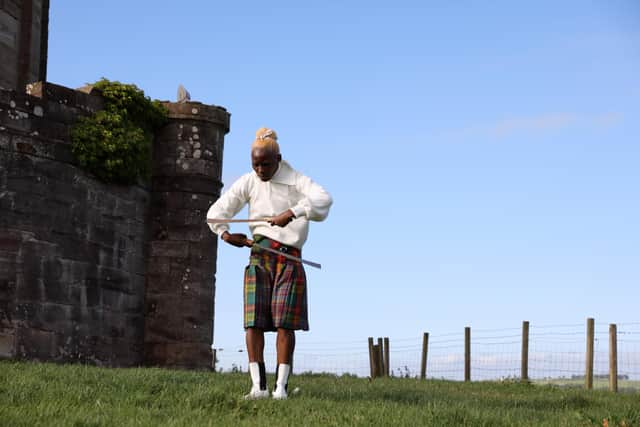

Whittle’s work is one of the most topical bodies of work to be presented by Scotland to date, addressing issues such as Scotland’s involvement in the slave trade and the deaths of black men and women in police custody.
Central to the exhibition is a film, Lagareh – The Last Born, which also makes reference to the story of Sheku Bayoh, a 30-year-old father of two, originally from Sierra Leone, who died after being restrained by police in Kirkcaldy in 2015. An independent public inquiry into the circumstances of his death was launched in 2019.
The film, which was made in Sierra Leone, Barbados and the UK, also features locations of mass graves in Bunce Island, Sierra Leone, where people taken as slaves died from trauma before being put on slave ships.
Also featured is Oswald’s Temple in Auchincruive, Ayrshire, once owned by Richard Oswald, a merchant and slave trader who was part of a consortium which established the slave trading post on Bunce Island.
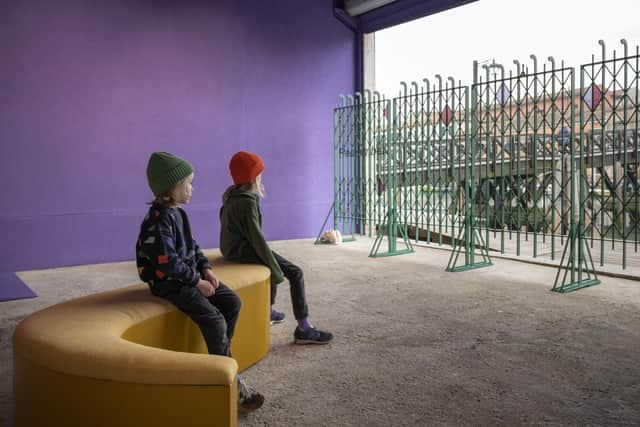

Whittle was born in Barbados and has lived in the UK since her teens, studying at Edinburgh College of Art and then on Glasgow School of Art’s celebrated MFA course. She has won the Margaret Tait Award, the Frieze Award and was one of the artists chosen for a bursary in lieu of the 2020 Turner Prize.
Advertisement
Hide AdThe exhibition is the product of a multi-partner collaboration which includes Glasgow Sculpture Studios, Forma, Dovecot Studios, Art Night and National Galleries of Scotland which will mount a major of exhibition of Whittle’s work after Venice.
Whittle said: “The film Lagarey is an opportunity to think about these issues more deeply. There’s this sense that racism is an English problem or an American problem, something that isn’t really happening in Scotland .
Advertisement
Hide Ad“I wanted us to really remember the names we hear in the news. We have to resist becoming numb to them. I think there needs to be a reckoning with these ideas if we are really going to make change, including re-assessing the power we give to the police, and also institutional racism, which is a huge part of why all this happens.”
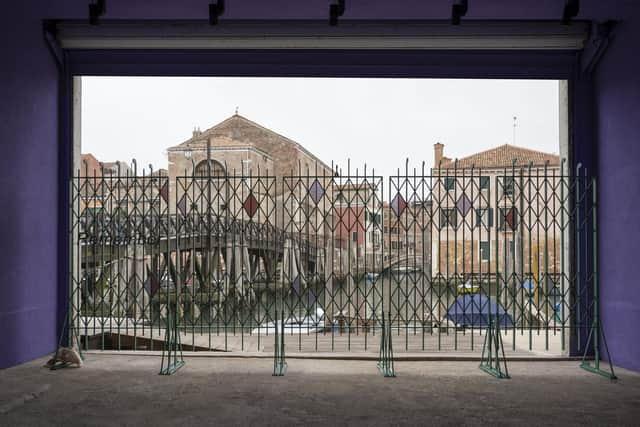

However, she said she did not want to show images of brutality in her work. “I don’t want my audiences to be traumatised. We can see horrific images online and I don’t think they are the answer. It’s not my job to continue circulating these images, I think there are other ways.
“Sometimes my work is motivated by a great deal of anger, but I do feel that it comes from a place of hope. We want to give people time and space to rest and be looked after while they are thinking about these difficult ideas.”
Amanda Catto, head of visual arts at Creative Scotland and chair of the Scotland + Venice partnership, said: “These are really important matters to be discussing. Awful things happened in history, and in the present day awful things are still happening.
“We’re outraged by the slave trade but are we not also outraged by these things we see in the world around us? It feels very important from my perspective that we stand here with Alberta telling these stories.”
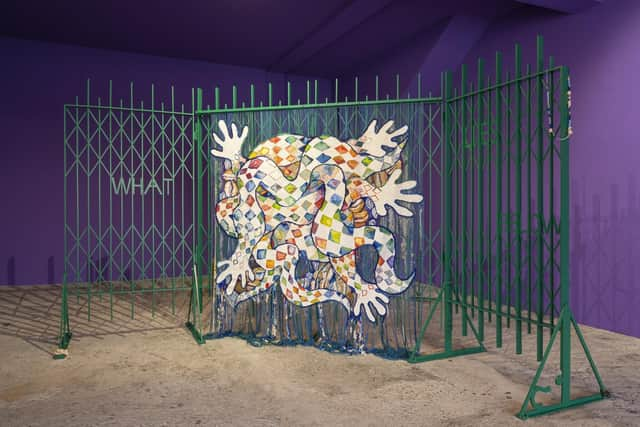

Lucy Askew, chief curator of modern and contemporary art at National Galleries of Scotland, said: “The Biennale is a place where we are invited to explore the contemporary crises that we face collectively, globally. It’s about a community of artists helping us to reflect on what’s going on in the world.
Advertisement
Hide Ad“The directness with which Alberta addresses violence, police brutality, early death of black men and women brings something very important to that. Her work reminds us of families who have lost their loved ones.”
Whittle’s work is one of a number of exhibitions by black women artists at this year’s Venice Biennale. The official British Pavilion in the Biennale Gardens hosts a black woman artist for the first time, Sonia Boyce, whose work looks at the central part played by black female musicians in British culture. The American Pavilion shows the work of sculptor Simone Leigh, also the first black woman artist selected for the space in the Biennale’s 127-year history.
The Venice Biennale runs until 27 November
A message from the Editor:
Advertisement
Hide AdThank you for reading this article. We're more reliant on your support than ever as the shift in consumer habits brought about by coronavirus impacts our advertisers.
If you haven't already, please consider supporting our trusted, fact-checked journalism by taking out a digital subscription at https://www.scotsman.com/subscriptions
Comments
Want to join the conversation? Please or to comment on this article.